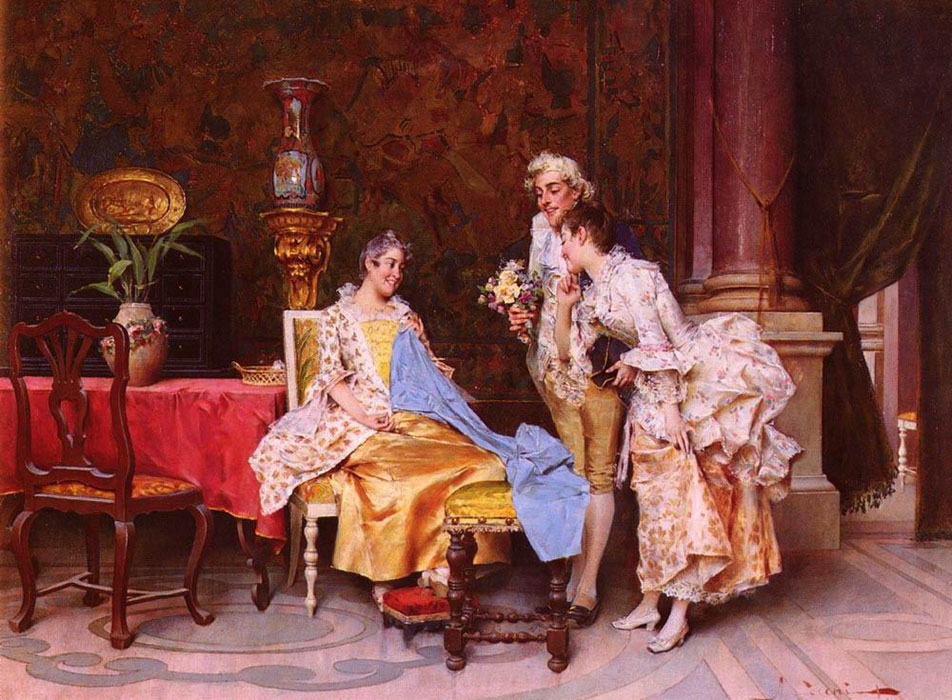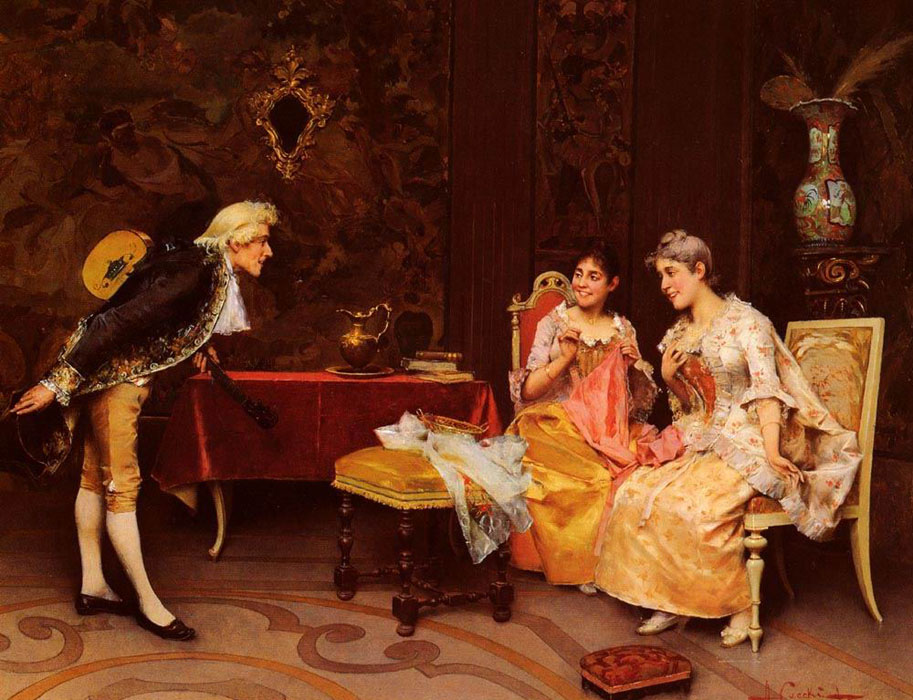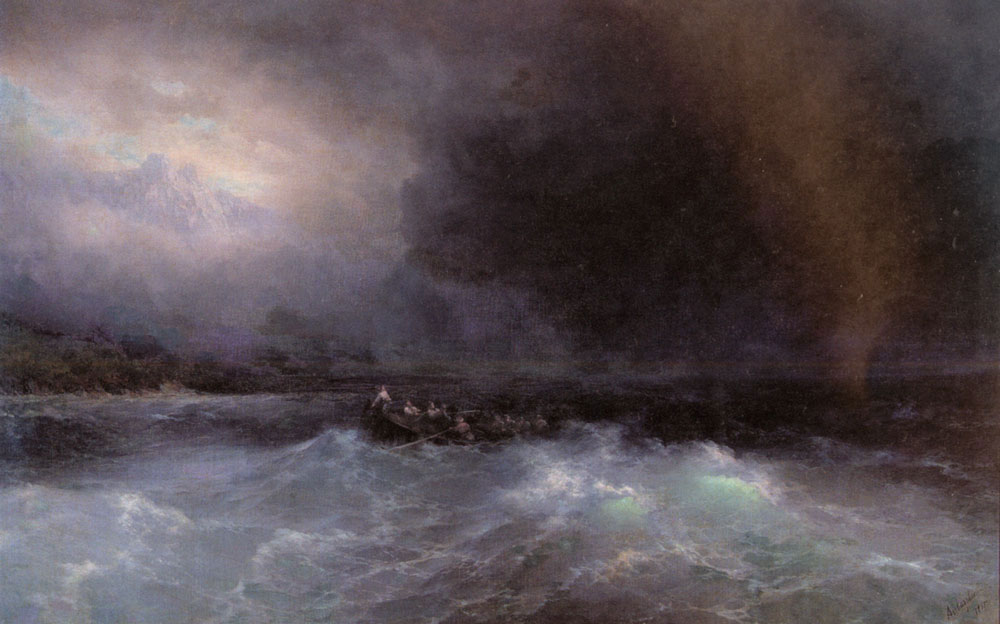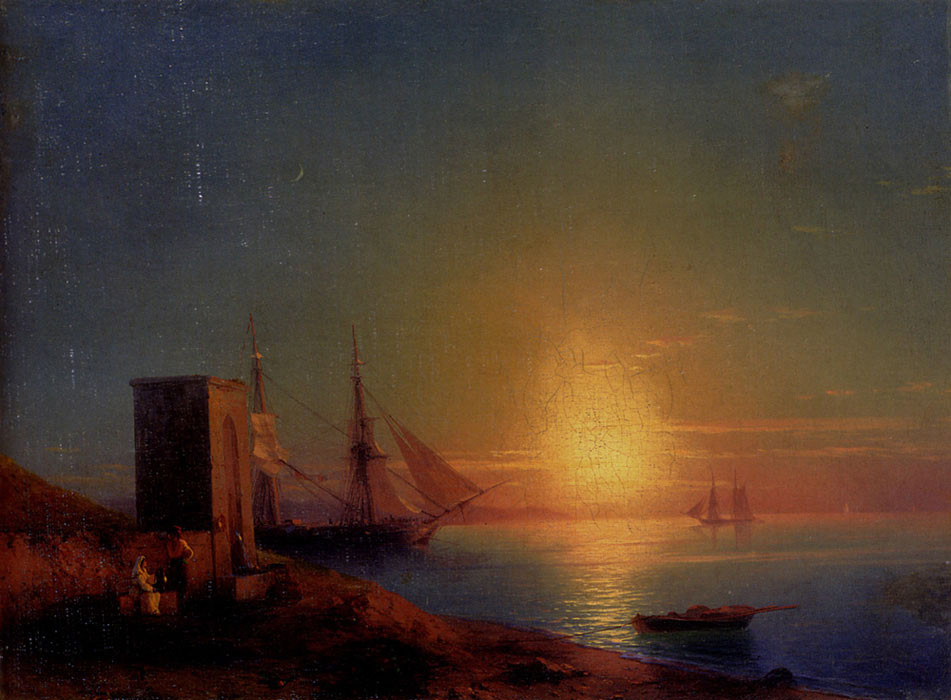
Classicism art movement
Classicism, in the arts, refers generally to a high regard for classical antiquity, as setting standards for taste which the classicists seek to emulate. The art of classicism typically seeks to be formal and restrained. A violent emphasis or a sudden acceleration of rhythmic movement would have destroyed those qualities of balance and completeness through which it retained until the present century its position of authority in the restricted repertoire of visual images. Classicism implies a canon of widely accepted ideal forms. It is a force which is often present in post-medieval European and European influenced traditions; however, some periods felt themselves more connected to the classical ideals than others, particularly the Age of Reason, the Age of Enlightenment, and some classicizing movements in Modernism. In the 15th century Leon Battista Alberti was important in theorizing many of the ideas for painting that came to a fully-realised product with Raphael’s School of Athens during the High Renaissance. The themes continued largely unbroken into the 17th century, when artists such as Nicolas Poussin and Charles Le Brun represented of the more rigid classicism. Like Italian classicizing ideas in the 15th and 16th centuries, it spread through Europe in the mid to late 17th century. Later classicism in painting and sculpture from the mid-18th and 19th centuries is generally referred to a Neoclassicism.












